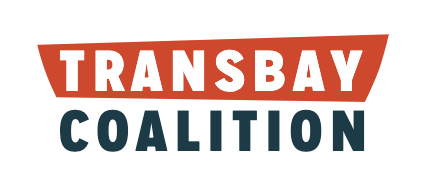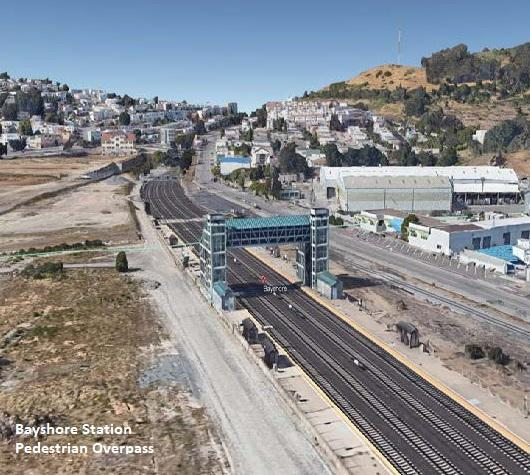At its May board meeting, the Caltrain board advanced a 2-year budget with plans to provide steady service, and with the likelihood of partner contributions to the capital budget.
Choices that Caltrain makes within the next two years have the potential to make a significant difference in ridership regrowth and revenue.
Operating budget with steady service and fares
Beyond this 2-year budget period, Caltrain is facing a fiscal cliff with severe budget deficits since its ridership recovery is among the slowest in the Bay Area and Caltrain has historically depended heavily on fare revenue.
In the current 2-year budget, Caltrain plans to maintain fares and service at the current level. Caltrain will consider fare prices and fare structures later in the year and will also be making plans for the electric service schedule in the coming year.
Near-term opportunities for improvement
Caltrain’s fare decisions have the potential to help regrow ridership – especially participating in multi-agency fares and payment options that make transit more convenient:
The all-agency BayPass transit pass pilot is showing promising 35% ridership increase in the initial participant populations of college students and affordable housing residentsFree and reduced-cost transfers are scheduled to roll out in 2024Standardizing regional fares – especially BART and Caltrain – was modeled to lead to substantial fare increases.Open payment – the ability to pay for transit with a credit or debit card – will be available next summer with the next-generation Clipper system. This is an opportunity to promote convenient, on-the-fly decisions to take transit to sports, entertainment, airport.
At the board workshop, there was overall support to maintain the current schedule, which has slightly less peak frequency than pre-Covid, with more regular scheduling service at 30 minute intervals during the day.
While the needed schedule reductions during electrification construction this year make things worse not better, Caltrain will be planning for electric service starting this year, with the opportunity to tune service to be more attractive for current rider needs. And Caltrain also has opportunities to improve efficiency and cost-effectiveness as it plans electric service.
Nearing capital funding agreement with county partners?
According to the presentation from Caltrain’s new CFO Kate Jordan Steiner, the three county partners may be nearing agreement on making contributions to the ordinary capital budget which pays for maintenance and capital projects such as station improvements (this is different from the special budget which pays for the huge electrification project).
How to pay for the ordinary capital budget has been contested for years including the bumpy path toward Measure RR and a 3-county governance agreement. Annual contested negotiations about routine capital maintenance has contributed over time to lagging maintenance resulting in less reliable service due to delayed maintenance of trains, and increased costs of capital projects (one example is the Bayshore station which turned from a painting job to an overhaul because it was long delayed).
The Caltrain board will be considering a final budget for approval at the June meeting.

